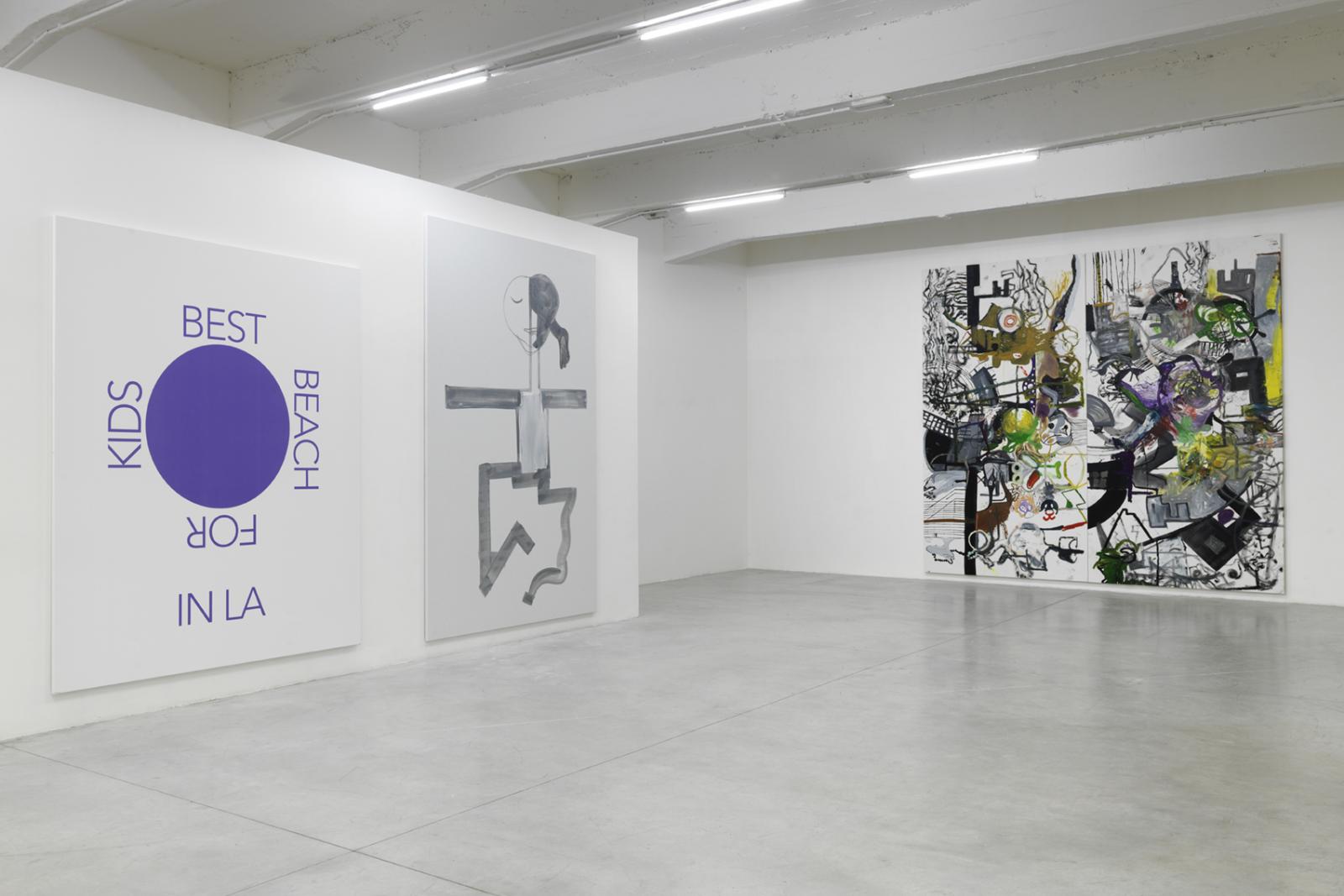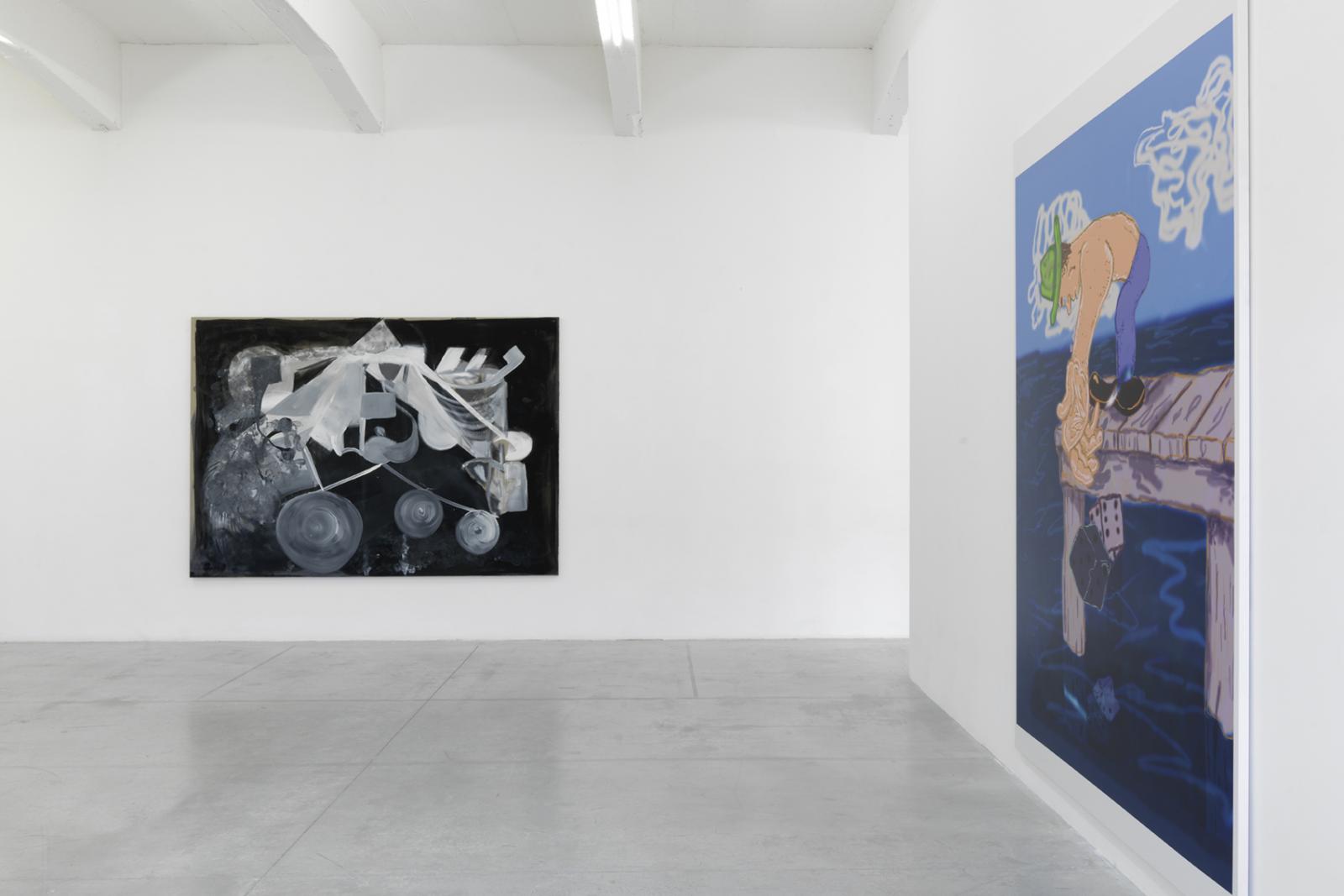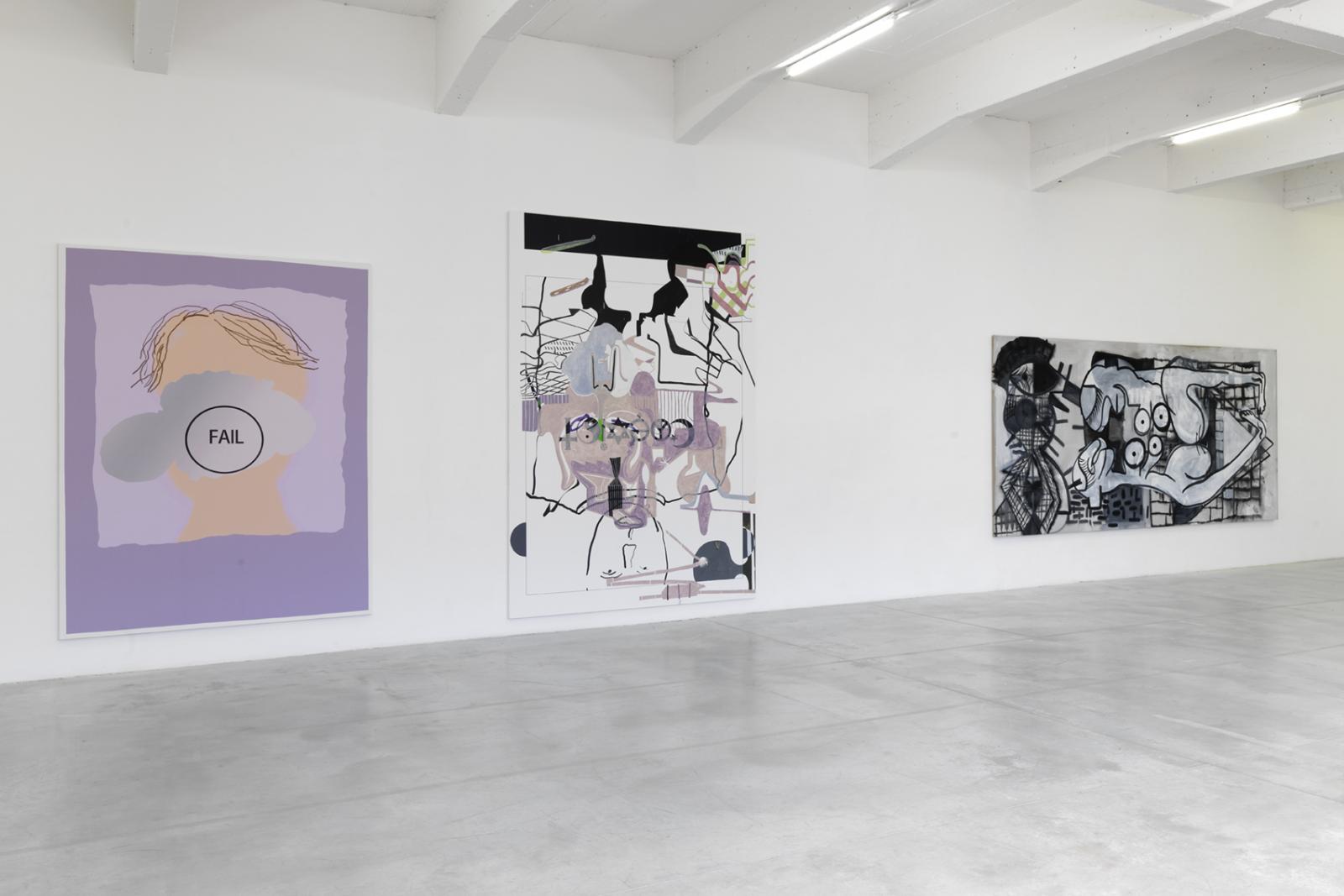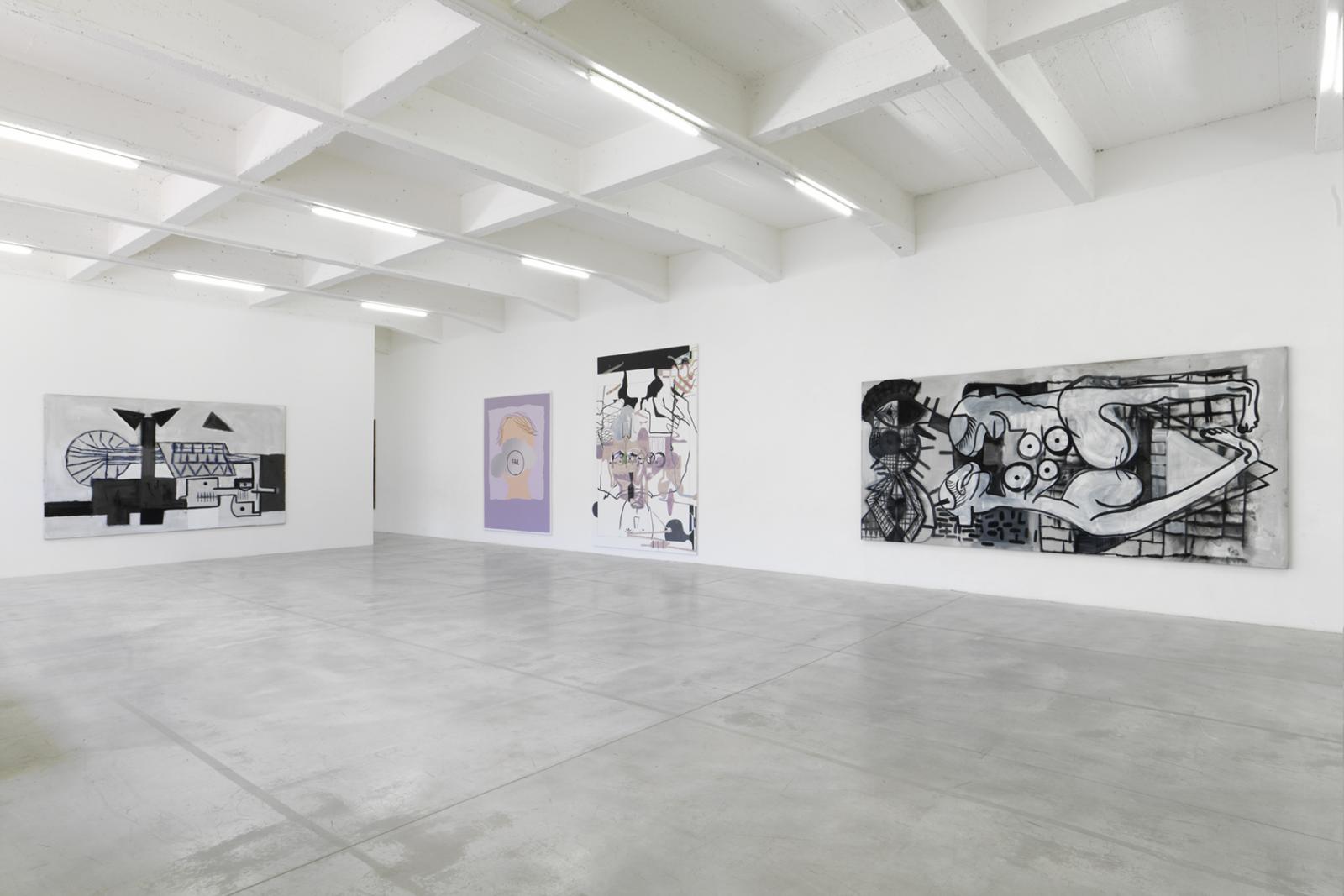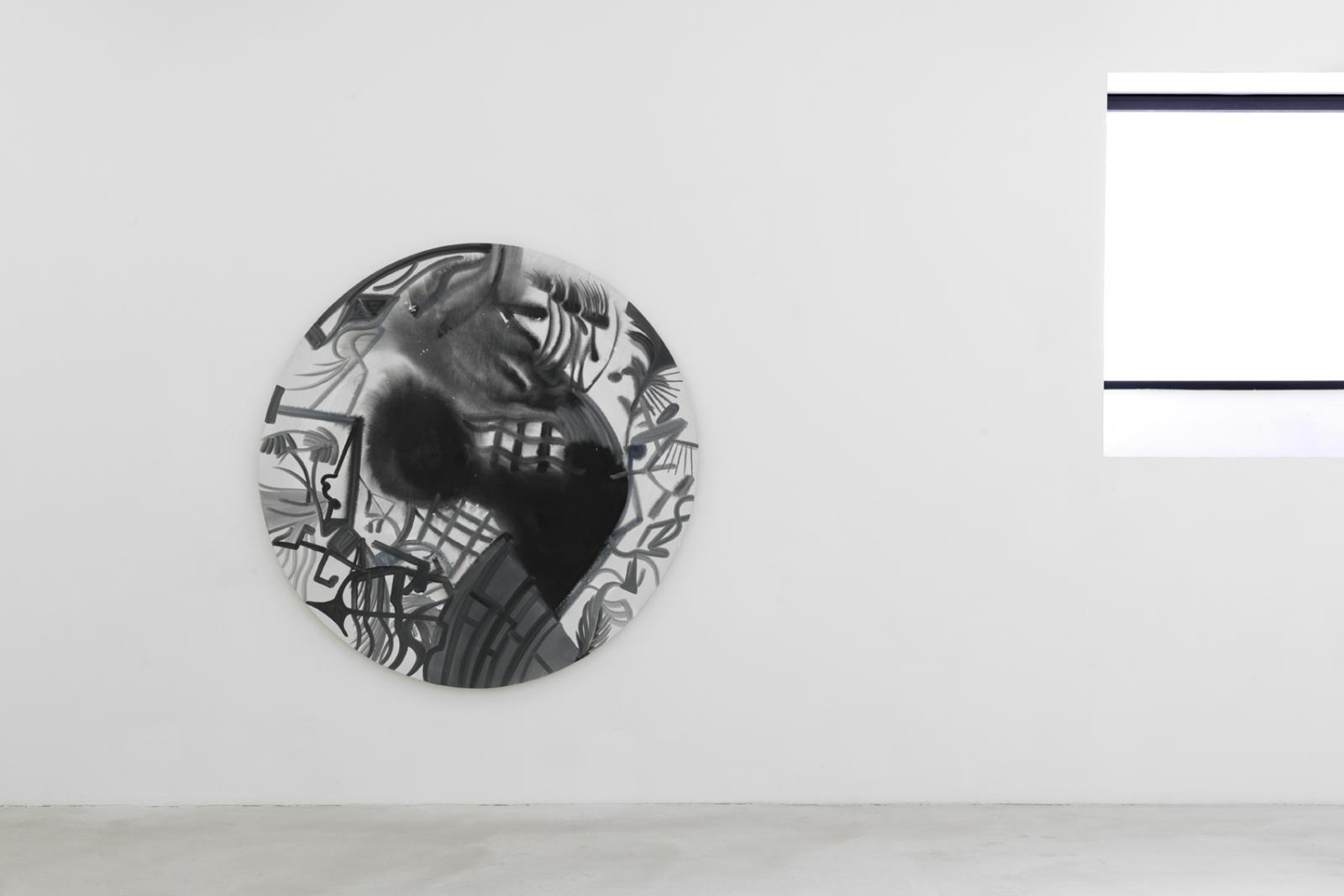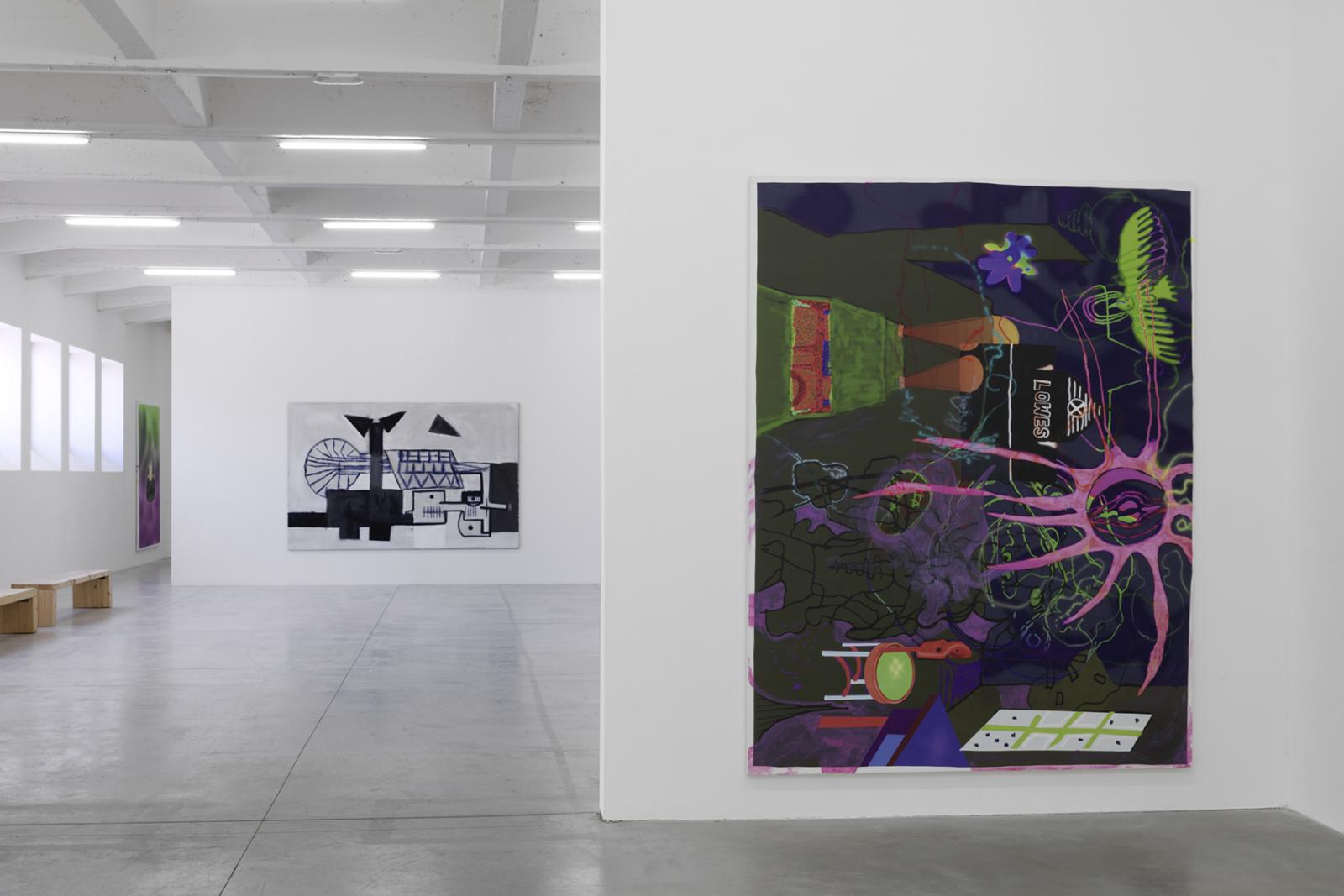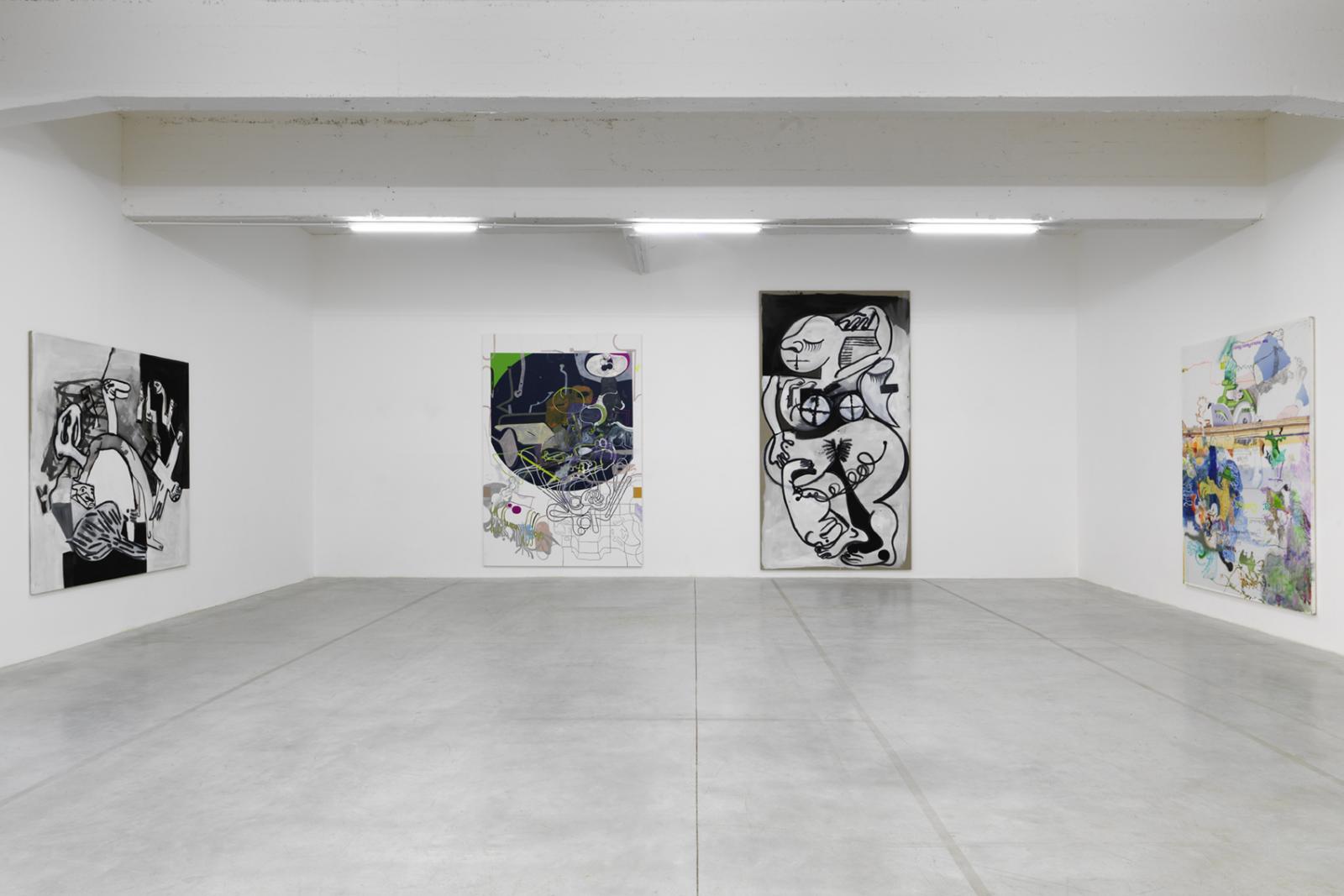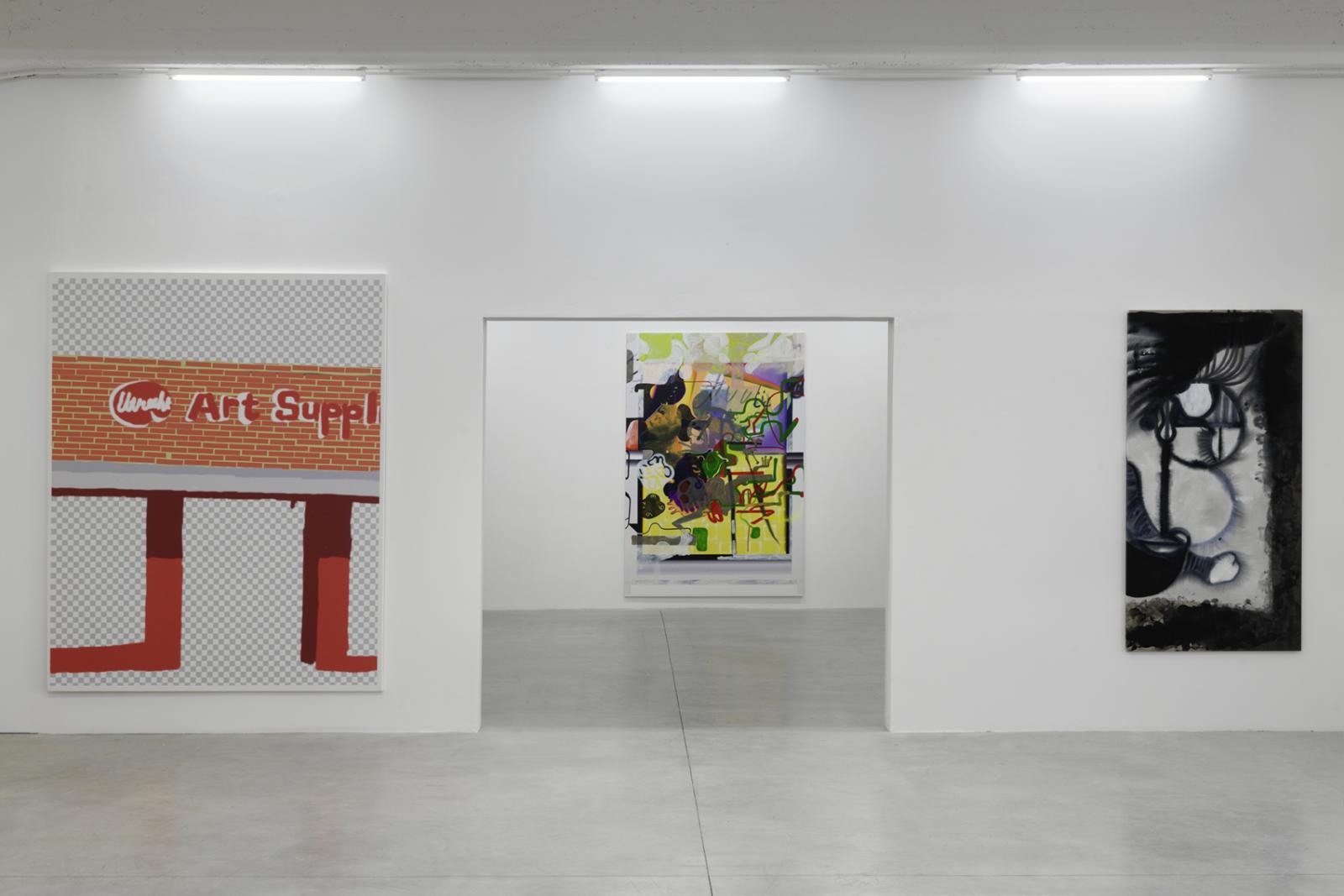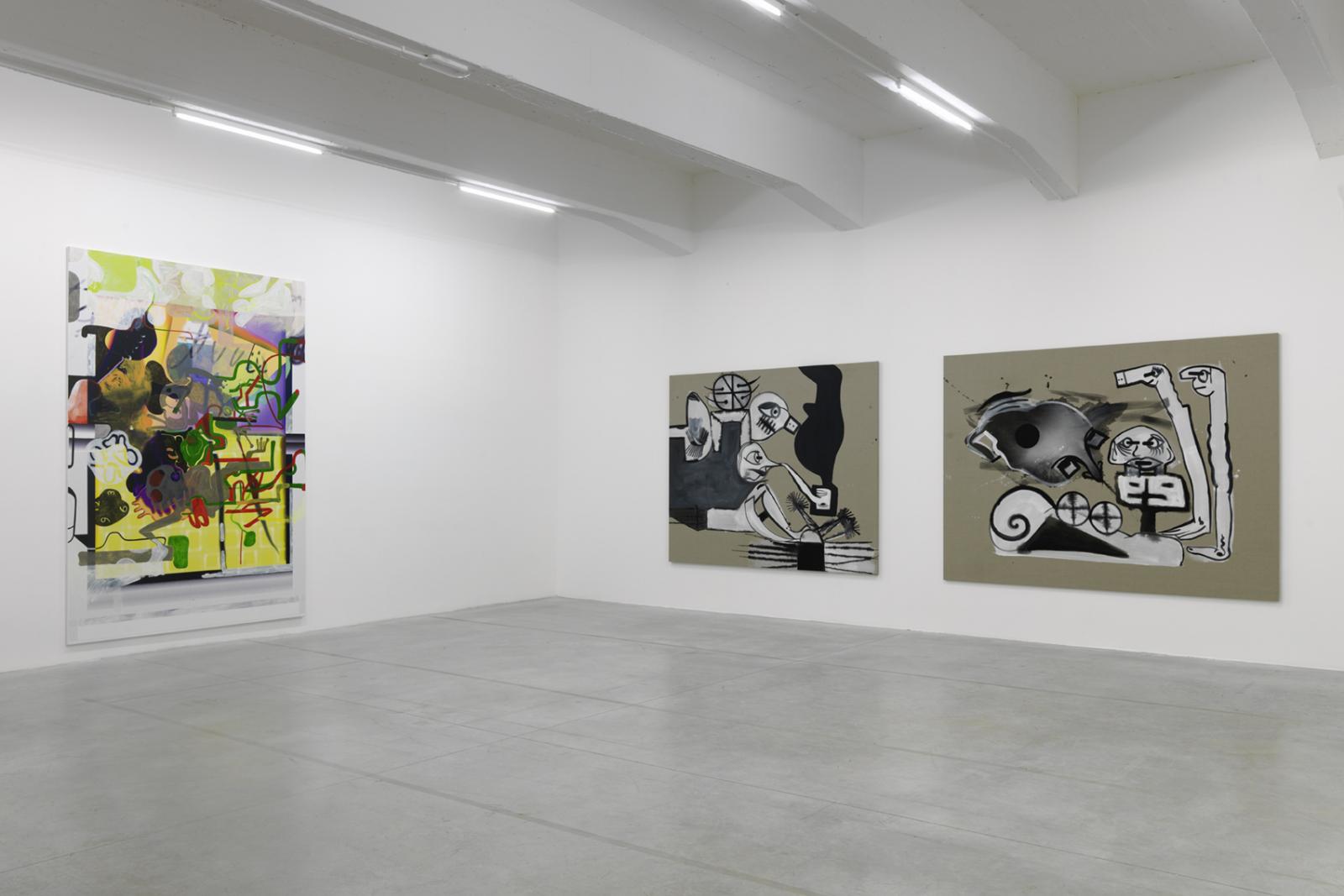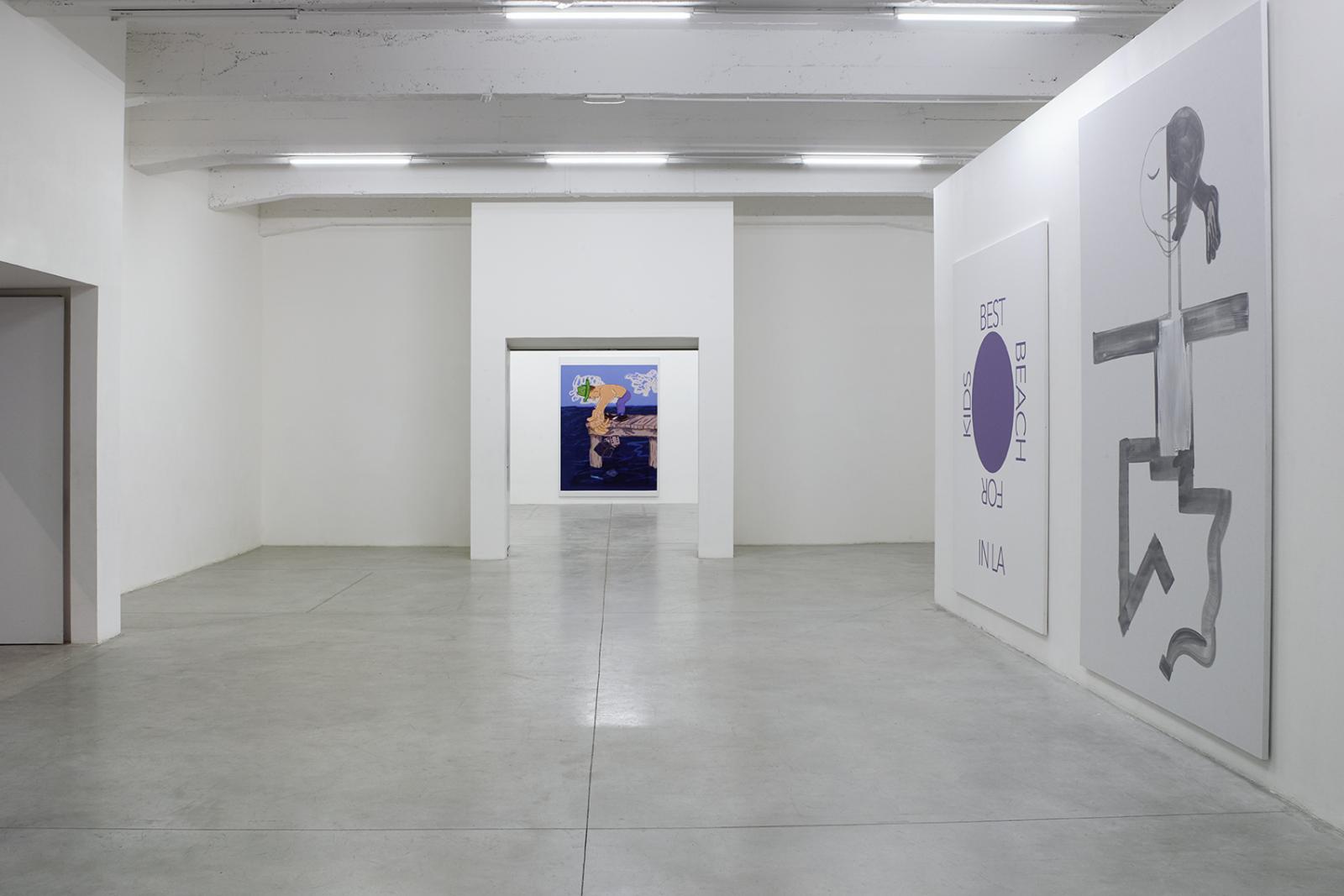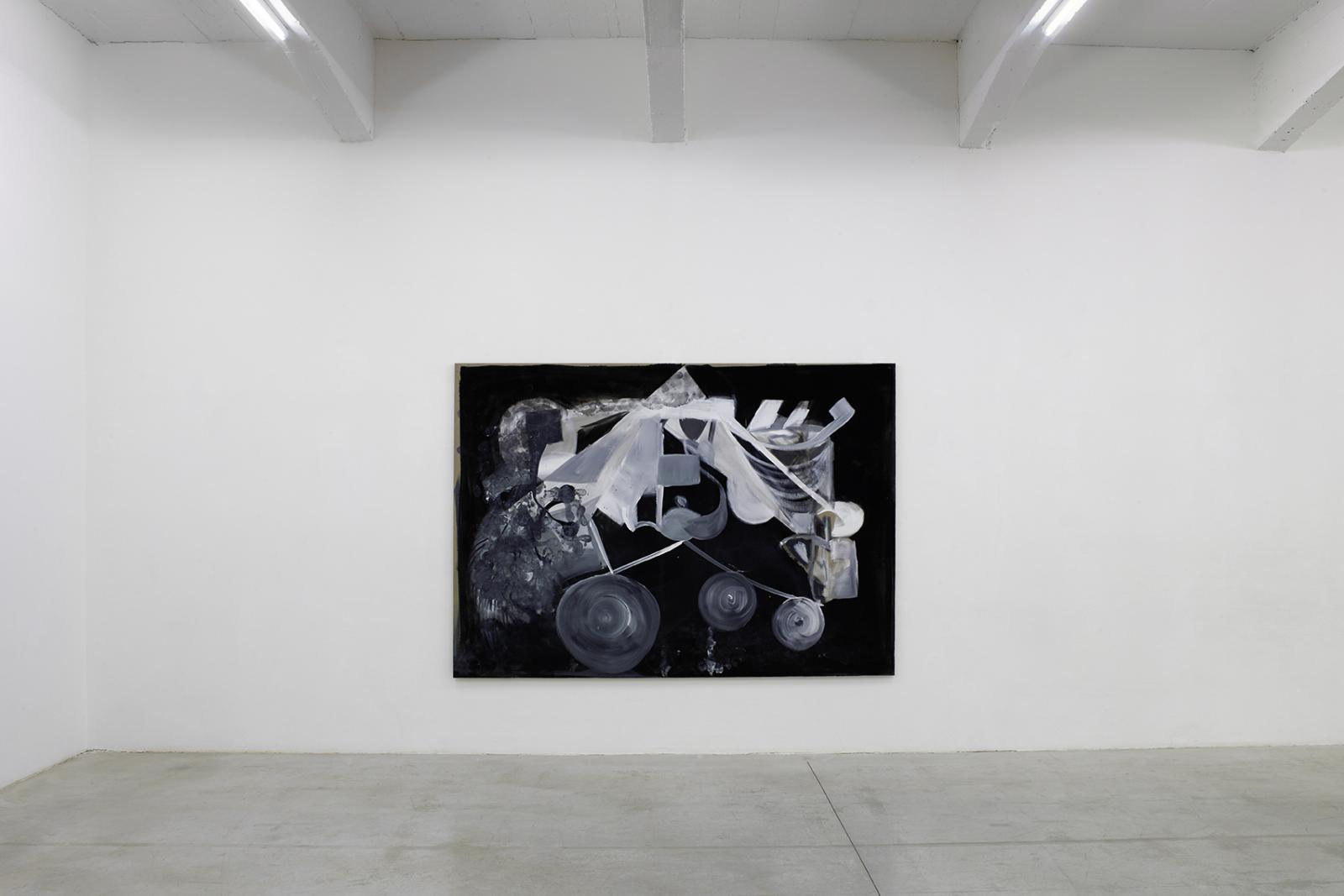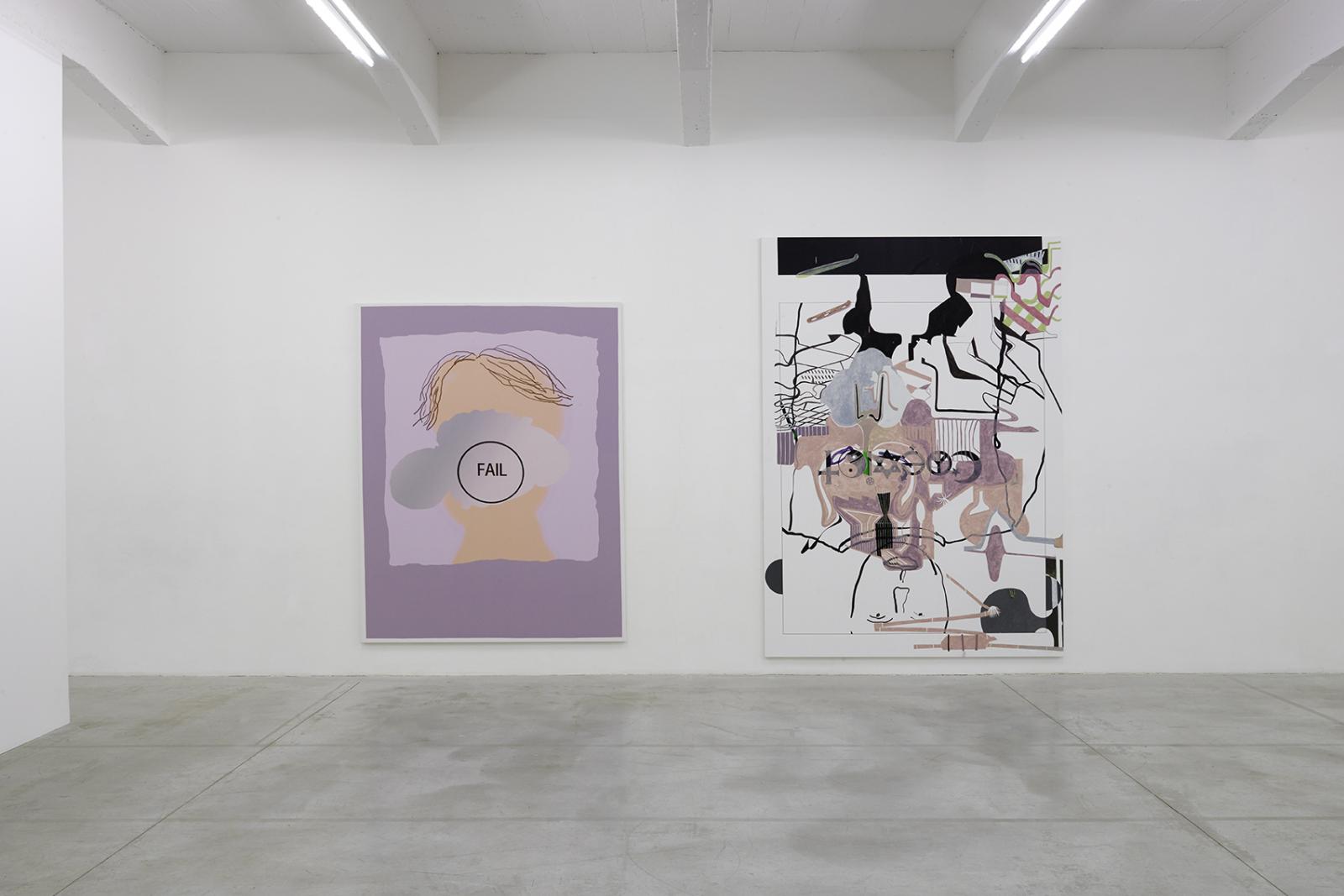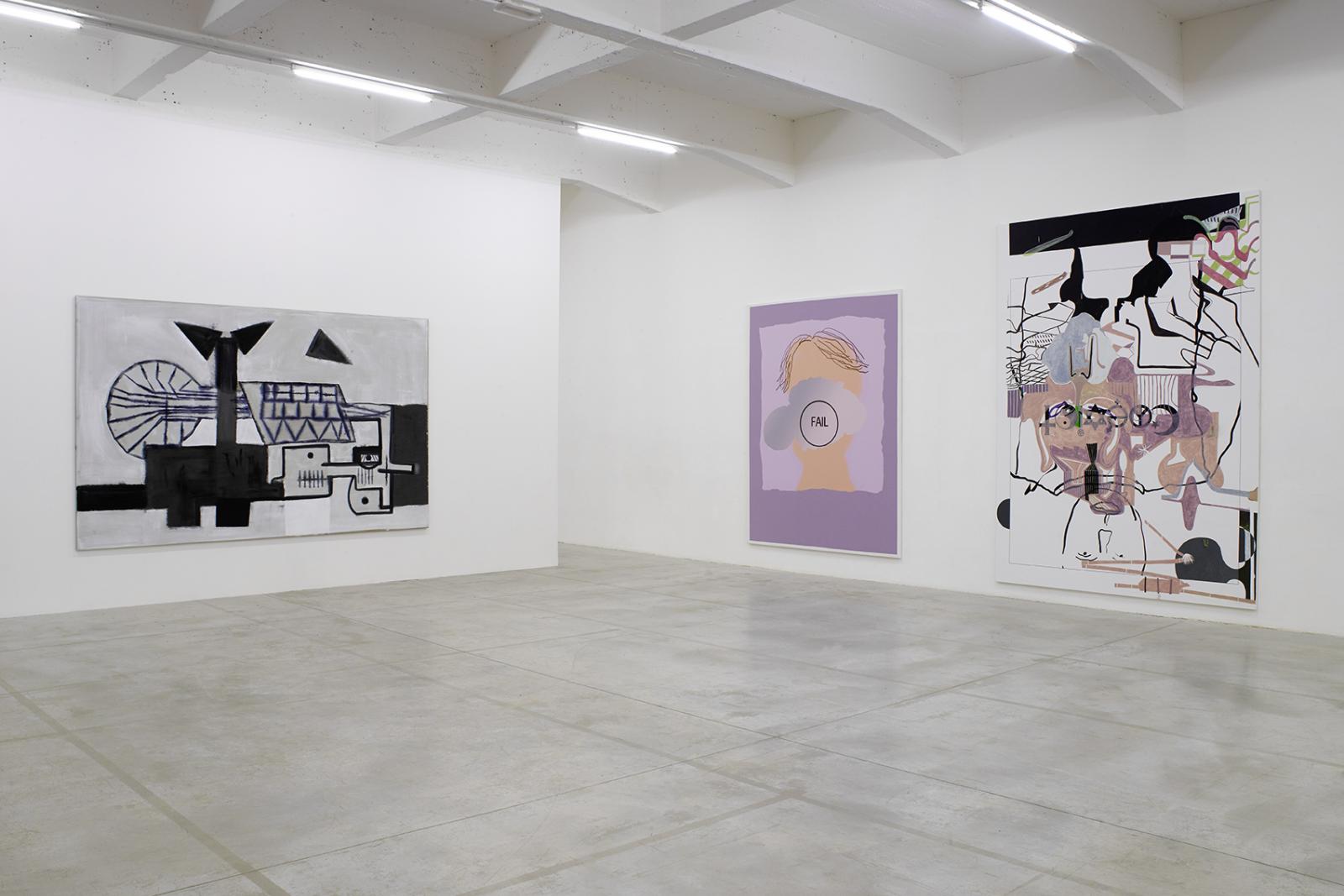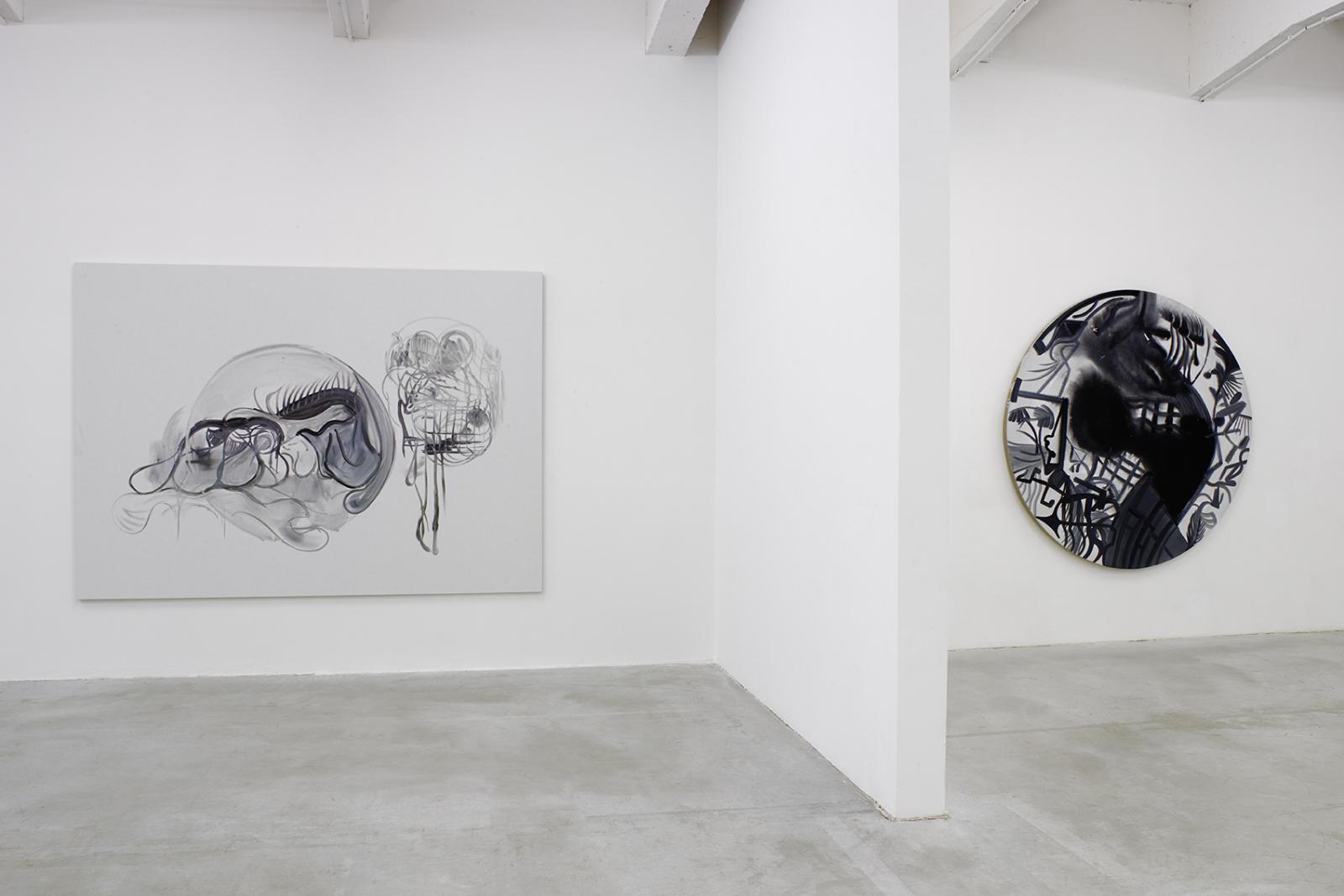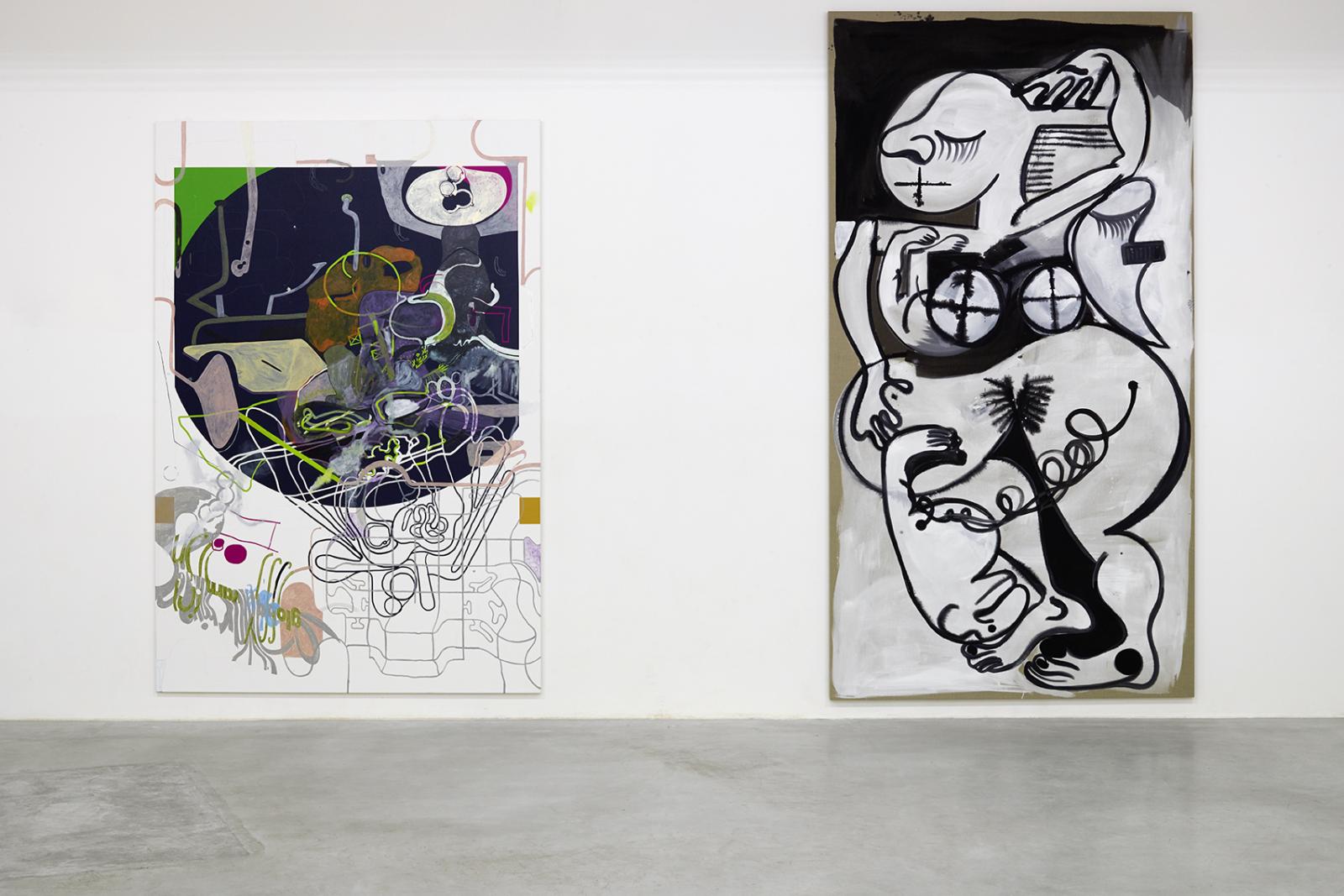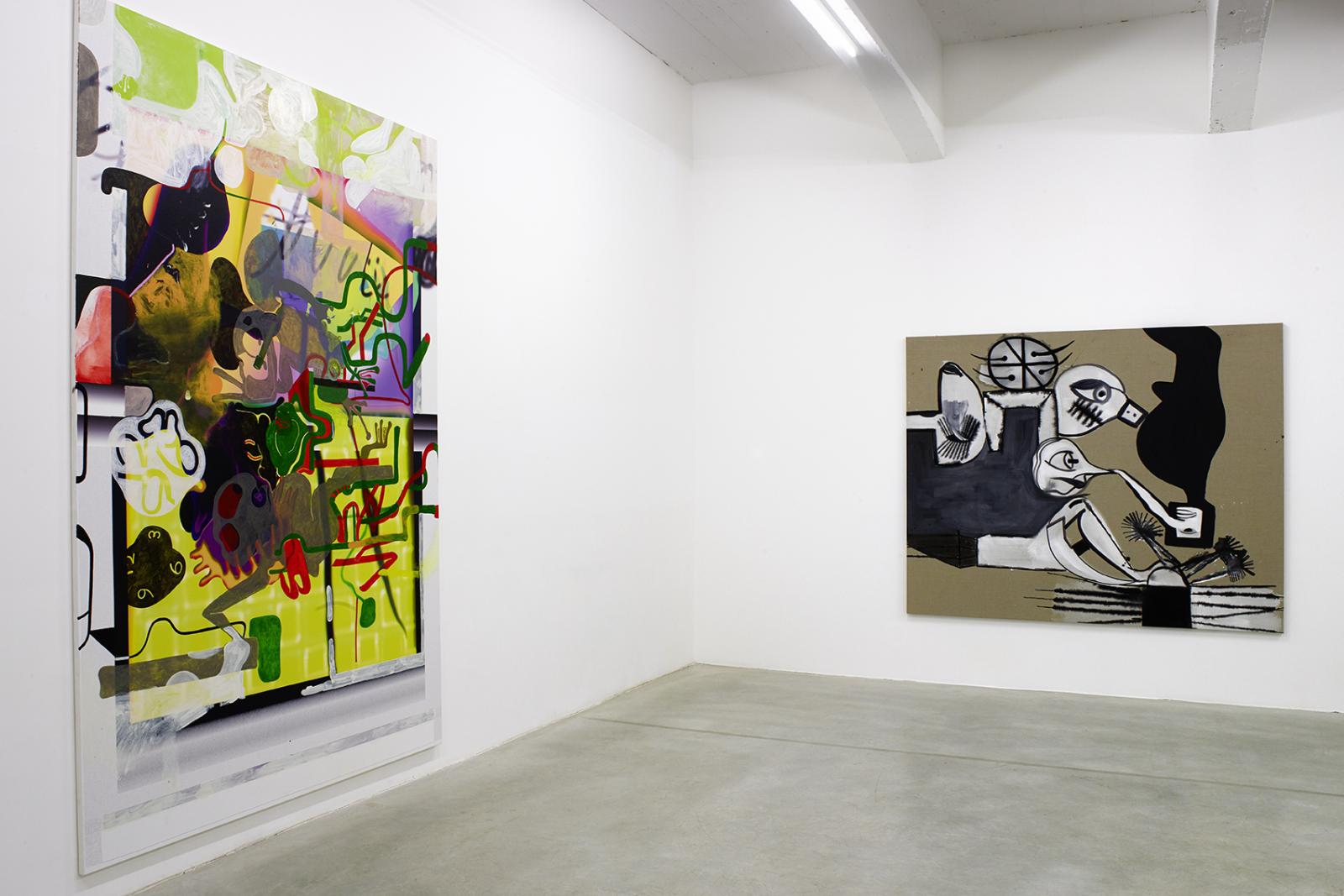Tobias Pils, Michael Williams
Michael Williams,
Tobias Pils
Tobias Pils (1971, Linz) — Michael Williams (1978, Doylestown)
Avec le soutien de la Galerie Eva Presenhuber, Zürick & New York.
Remerciements: Gladstone Gallery, New York & Bruxelles; Galerie Gisela Capitain, Cologne.
Special thanks: Eva Presenhuber
Tobias Pils (b. 1971, Linz, Austria, lives in Vienna) and Michael Williams (b. 1978, Doylestown, PA, now lives in Los Angeles) already knew each other, but they had never had an exhibition together. This was precisely the invitation they received: to show together, which is to say something more than simply have an exhibition each at the same time. They both came to Dijon March 13-18, 2017, in anticipation of an exhibition there a few months later, with the instinct to somewhat displace this question of exhibiting together, let’s say to bypass it even, rather than just shifting it, and above anything else, to investigate about the possibility of making work together. “We went to the supply store in Dijon, they had a roll of linen and we took half of it and then we came to the Consortium Museum and made the first half. The next day we went back and got the other half. That’s why there are two parts and I think there is something nice about that. We got more comfortable with the second part of it.” (Williams) “We decided to buy this huge canvas and do it together. It’s like two animals crawling around a canvas and it’s not so much about the painting, it’s about doing it together, to create a different temperature for the show.” (Pils) The common artwork, Boulangerie, 2017, was in effect found entirely satisfactory, and was shown in the first room of the exhibition.
Williams received a BFA in 2000 from Washington University in St. Louis; in New York he was an assistant for Vito Acconci and Matthew Barney. Pils studied at the Vienna Academy of Fine Arts from 1990 to 1994. “My teacher in Vienna was Max Melcher, an old professor who told stories from the war and drank very much. We didn’t really know his art because he did not exhibit. This was great for me. I could paint on my own.” These are the different paths that made these two painters, who incidentally belong to nearly the same generation, and take on the history of painting where it in its current state, where they found it.
Their strategic approaches diverge. “When I start to paint, I have quite a clear idea of the motive… The goal is to lose the idea through painting,” explains Tobias Pils. As for Michael Williams, he exacted a significant inflection on his painting when in 2012 he printed a Photoshop collage on a canvas and painted on this “background” image. Pils uses a limited palette, whereas Williams’ knows no restraint. Williams envisions the present of painting in an inevitably discursive relationship with contemporary digital images; Pils seems to affirm the possibility of a present for painting that could free itself from this confrontation—in short, the two of them together are a digest of contemporary painting’s tribulations. Both of them nevertheless express an avowed link to drawing, in digital form for Williams (whose paintings result from preparatory work on computer screens) and in ink for Pils.
The exhibition highlighted these similarities and differences, which went beyond the personal cases of either painters and their work, by drawing on a conviction: “When you are a painter you have to love painting and you have to hate painting. And find ways to hate painting lovingly. I think both of us do that.” (MW)
— Eric Troncy
